Maureen Nole. In the last twenty years there has been a marked rise in the number of female suicide bombers in the Middle East and North Africa. This is demonstrative not of a feminization of martyrdom, but rather of a further exploitation of women in the region.
Continue Reading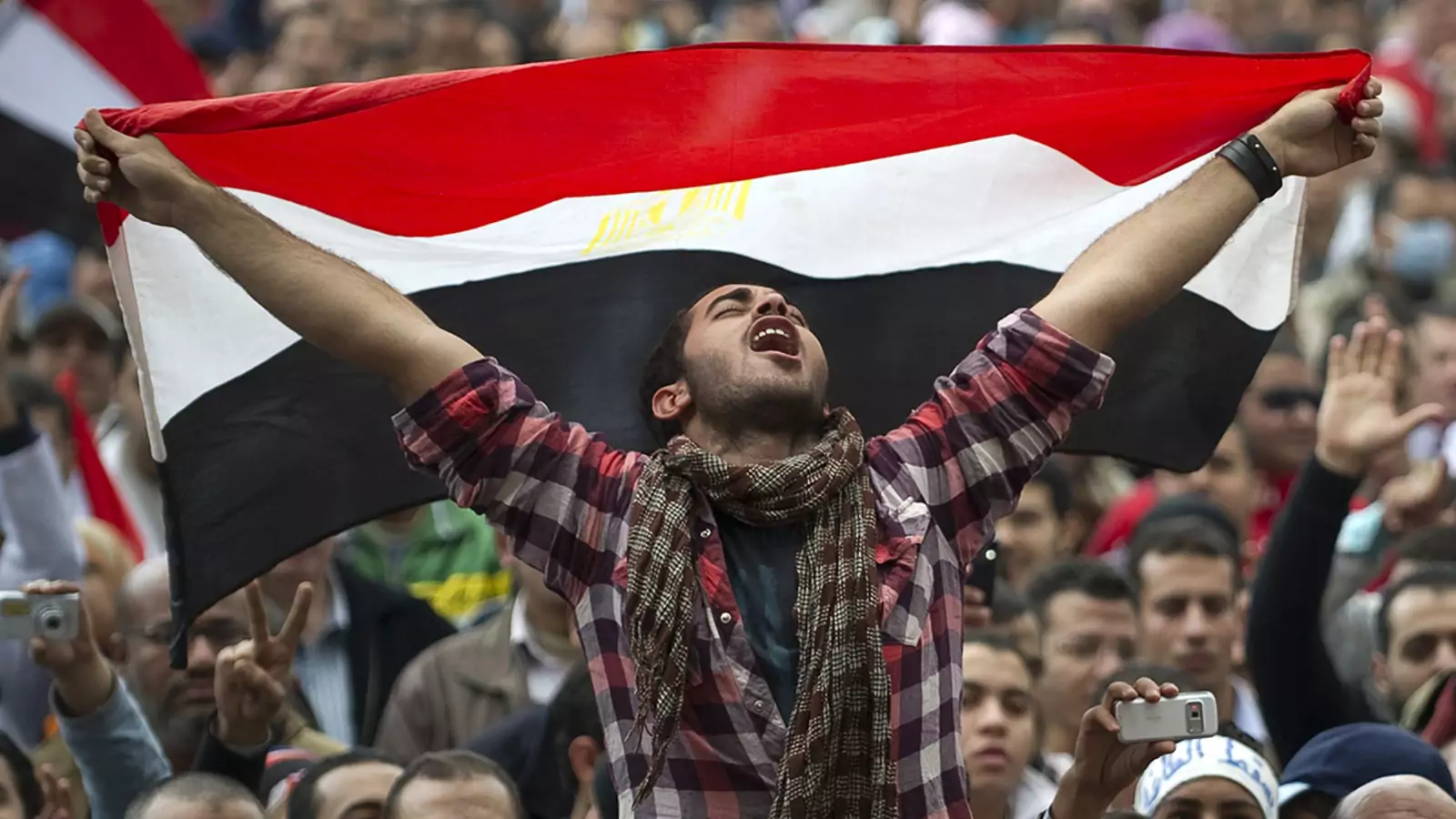
Comparing the Arab Spring in Bahrain and Tunisia in the Context of State Legitimacy
Erin Buckley. The resilience of authoritarian regimes in the Middle Eastern and North African (MENA) regions cast doubt on the possibility of democratisation in the region. The relationship between a regime’s legitimacy and its interactions with democratisation and authoritarianism offers critical insight. Political legitimacy stems from people’s desire to have their needs met and interests protected. People want the government to provide for them, and if the government does so, they are likely to view it as legitimate.
Continue Reading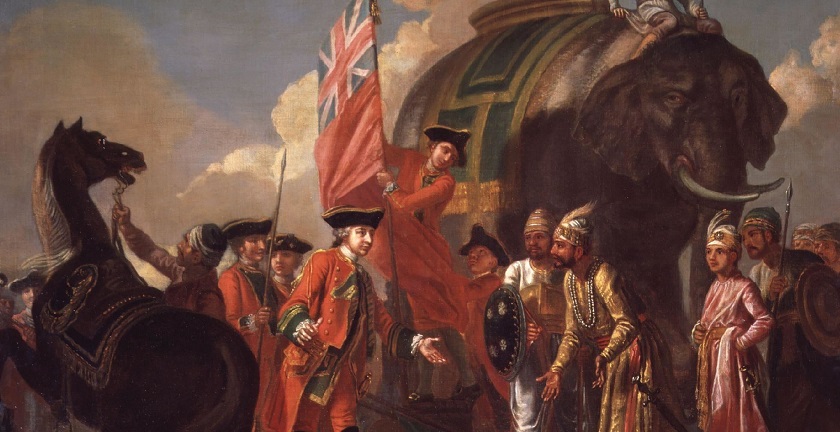
The Impact of Imperial Machinations in Middle Eastern Sectarian Conflict in the 20th Century
Alina Kreynovich. Sectarian conflict plays a significant role in the conception of the Middle East, which is notably not exceptional in world history.
Continue Reading
The Forgotten Nubians of Egypt
Luther (Louie) Lyons. Perhaps one of the more significant gaps in any ‘layman’s perspective’ is the debate about the representation and cultural imagery of Ancient Egyptians that is strongly disposed to depict them as Europeanised white.
Continue Reading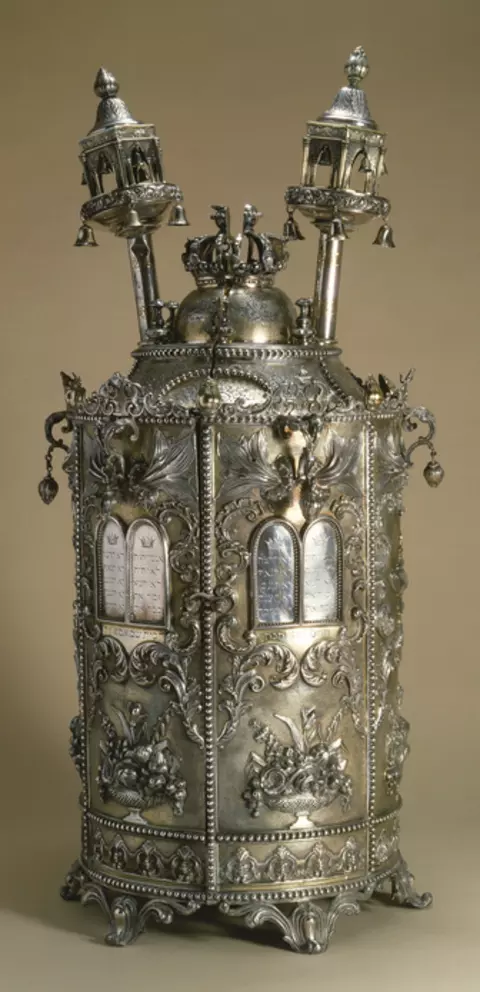
Maurice Mayer’s Torah Case and the Significance of Torah Cases in the Jewish World
Beatrice Pistola. The dimensions of this Torah case, according to the measurements of the Jewish Museum (2020), are 61.6 × 36.5 × 34.9 cm and the material used is silver.
Continue Reading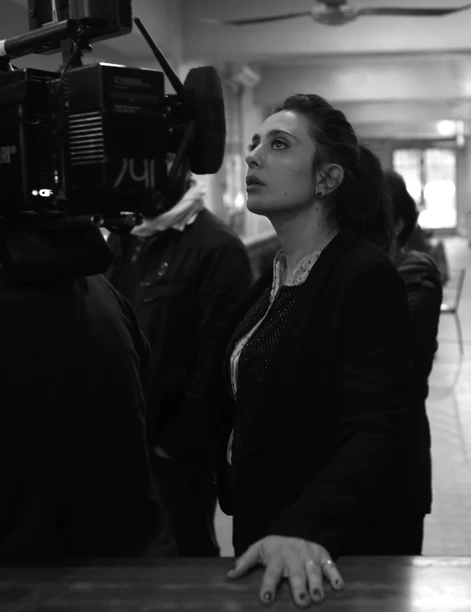
“Is it truly Ithaca?”
Mia Sherry The long journey home in Nadine Labaki’s thematic trilogy Tackling trauma, identity and nationality through religion and tradition, Nadine Labaki’s thematic trilogy— Caramel (2007), Where Do We Go Now? (2011) and Capernaum (2018)— situates and contextualises these issues within the centrepiece of modern life: the home. ‘Home’ in Labaki’s films extends beyond the…
Continue Reading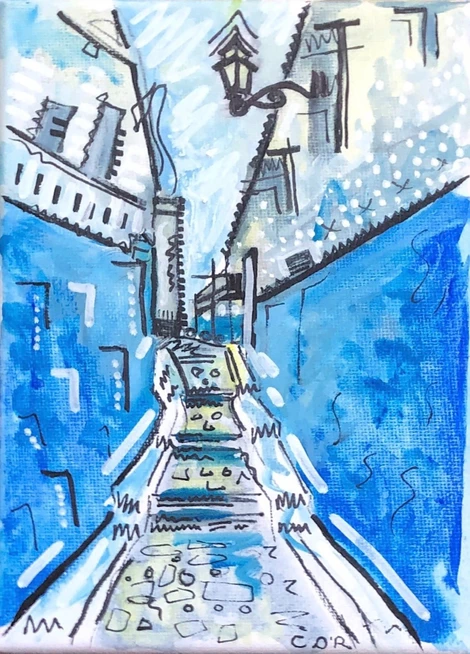
Colours of Rabat
Caoimhe O’Regan Artistic representations of the Moroccan capital’s urban landscapes In this collection of original artwork, Caoimhe O’Regan presents her interpretation of the urban landscapes and colours of Rabat. Caoimhe’s artwork is not only inspired by the winding streets and beautiful light of Rabat, but some of her inspiration is also drawn from the painting…
Continue Reading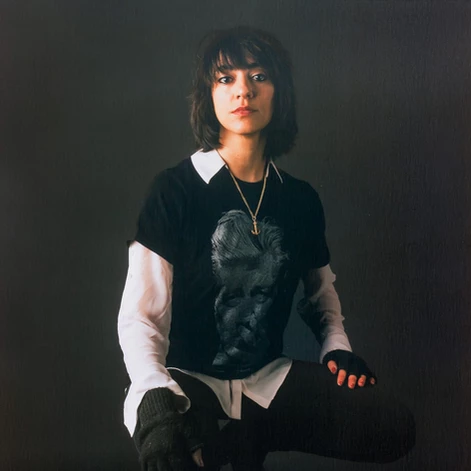
Identity and Feminism in A Girl Walks Home Alone at Night
An exploration of Ana Lily Amirpour’s genre-defying film A Girl Walks Home Alone at Night is often referred to as the “first Iranian vampire spaghetti western”. Released in 2014, it premiered at the Sundance Film Festival and was American-Iranian filmmaker Ana Lily Amirpour’s feature film debut. It tells the story of a vampire, referred to…
Continue Reading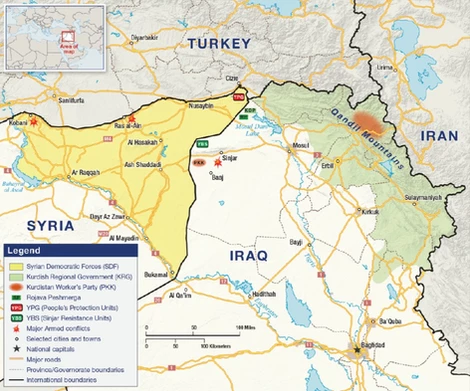
Progressive Politics in the Autonomous Administration?
Sinéad Barry A look at the Kurdish-led region of northeast of Syria and its supposed conformity to democratic values Ten years after the outbreak of civil war, the northeast of Syria (NES) has built an autonomous region on the periphery of the Assad controlled territories. The area is led by Kurds, loyal to the radical…
Continue Reading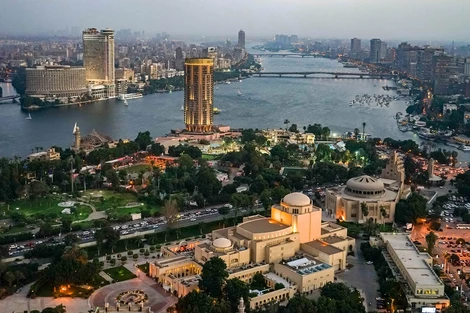
Hydro-Hegemony in the Upper Nile Basin
Lucy Annabella Banisch The Shifting Power Relations between Egypt, Ethiopia, and Sudan within the Past Decade The Nile is the longest transboundary river in the world, passing through eleven states inhabited by roughly 535 million people. It is fed by two tributaries, the White Nile and the Blue Nile, originating in the Ethiopian highlands and…
Continue Reading
